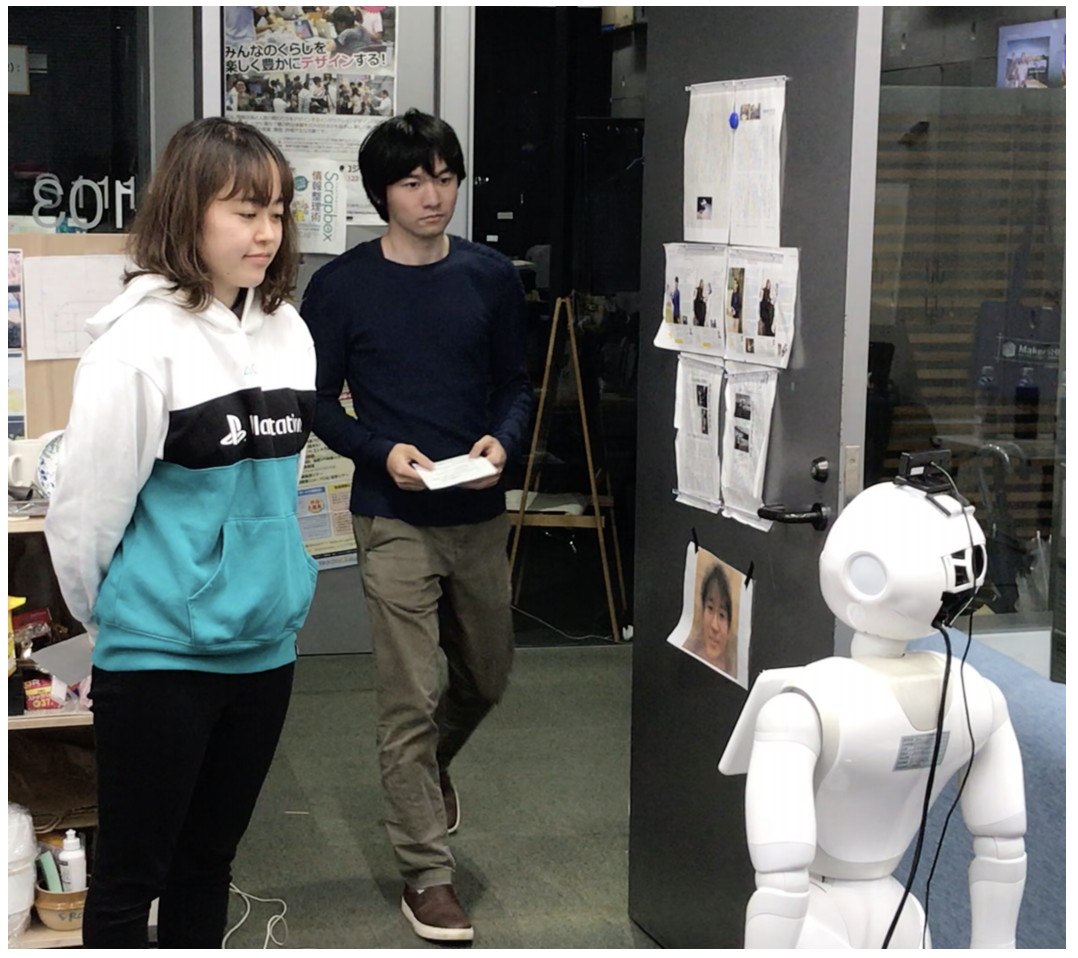When a robot is working in a public space, because multiple users behave according to their own purpose, robots can have multiple tasks at the same time. For example, a conversation can interrupt another conversation. A robot should suspend the current conversation when a third person calls the robot which is already talking with another user, or to greet in a situation that a friend is passing by the robot. In this study, I designed a robot behavior in the situation that the interrupter expected to have a new conversation with the robot. Traditional conversational-interruption studies have aimed the interruptions as a cooperative interaction within the current conversation, but few studies have aimed at interruption from outside of the conversation. For a robot to handle interruptions, it is necessary to detect interruption during a conversation, prioritize conversations, and build consensus with users within the conversation. CACTS-C not only schedules conversations based on the four factors, conversation length, relation between the interrupter and the interrupted person, tasks of the stakeholders, and emotion at interruption, but also holds a consensus building conversation with a person who will wait for the robot until the prioritized conversation ends. I implemented a robot-conversation system using CACTSC. The conversation scenario was written in AIML-ap, which is uniquely expanded AIML (Artificial Intelligence Markup Language), which is a markup language for chatbot, to describe the conversation scenario in adjacent pair units. I evaluated the behaviors of the implemented robot and discussed the effectiveness of the model of the CACTS-C’s scheduler. Experimentation results revealed that the conversation prioritization has effectiveness in conversation scheduling. In addition, the persuasion behavior of CACTS-C made the impression of robot’s fairness better than just stating the reason for interruption.
Implementation and Evaluation of Multi-Conversation Scheduler Considering Participants’ Social Behavior:theramin
